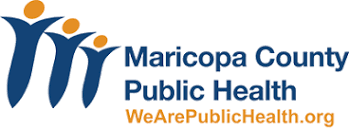AzPHA member Patrick Wightman from the UA Center for Population Science and Discovery recently published an Issue Brief examining the impact that the freeze on “childless adult” enrollment in AHCCCS during the Great Recession had on the use of hospital and emergency department services.
Because Arizona conducted a natural experiment by freezing Medicaid enrollment among childless adult, and the fact that data are available to measure the effect of those policy changes, Patrick was able to compare people’s behavior with health insurance to their behavior without it. The fact that the freeze lasted years allowed him to examine any impact of pent-up demand following the lifting of enrollment freeze.
Here’s a link to the entire Issue Brief , which includes the entire results including several useful graphs, but here’s the Summary from the Issue Brief.
“While the trends presented here are descriptive, they occur in the framework of two significant “natural experiments”, the first drastically restricting low-income individuals’ access to public health insurance, and the second once again expanding that access. Because these policy changes happen at the state and federal levels, beyond the control of beneficiaries, it can be inferred that, in large part, they are the cause of the beneficiaries’ behavior, in this case their health care utilization.
In this context, the patterns shown here provide strong evidence that health care utilization, at least in the form of ED visits and hospitalizations, follows the availability of health care, in the form of health insurance. While this finding is not unanticipated in the case of hospital visits, in the case of ED visits it is perhaps somewhat surprising, at least to the extent that ED visits represent “legitimate” medical emergencies.”

